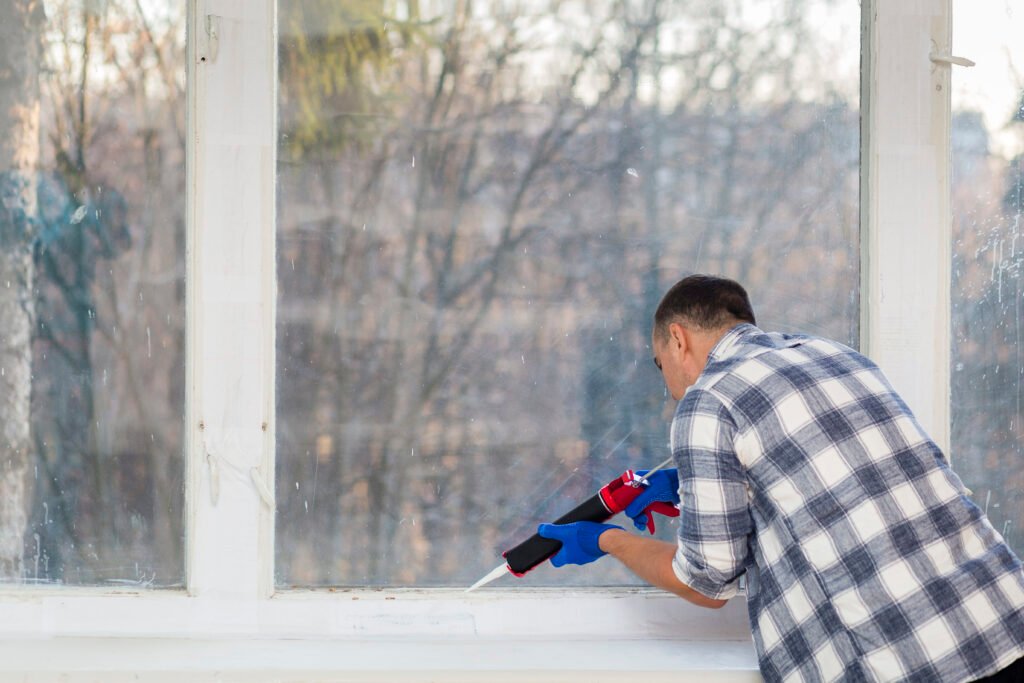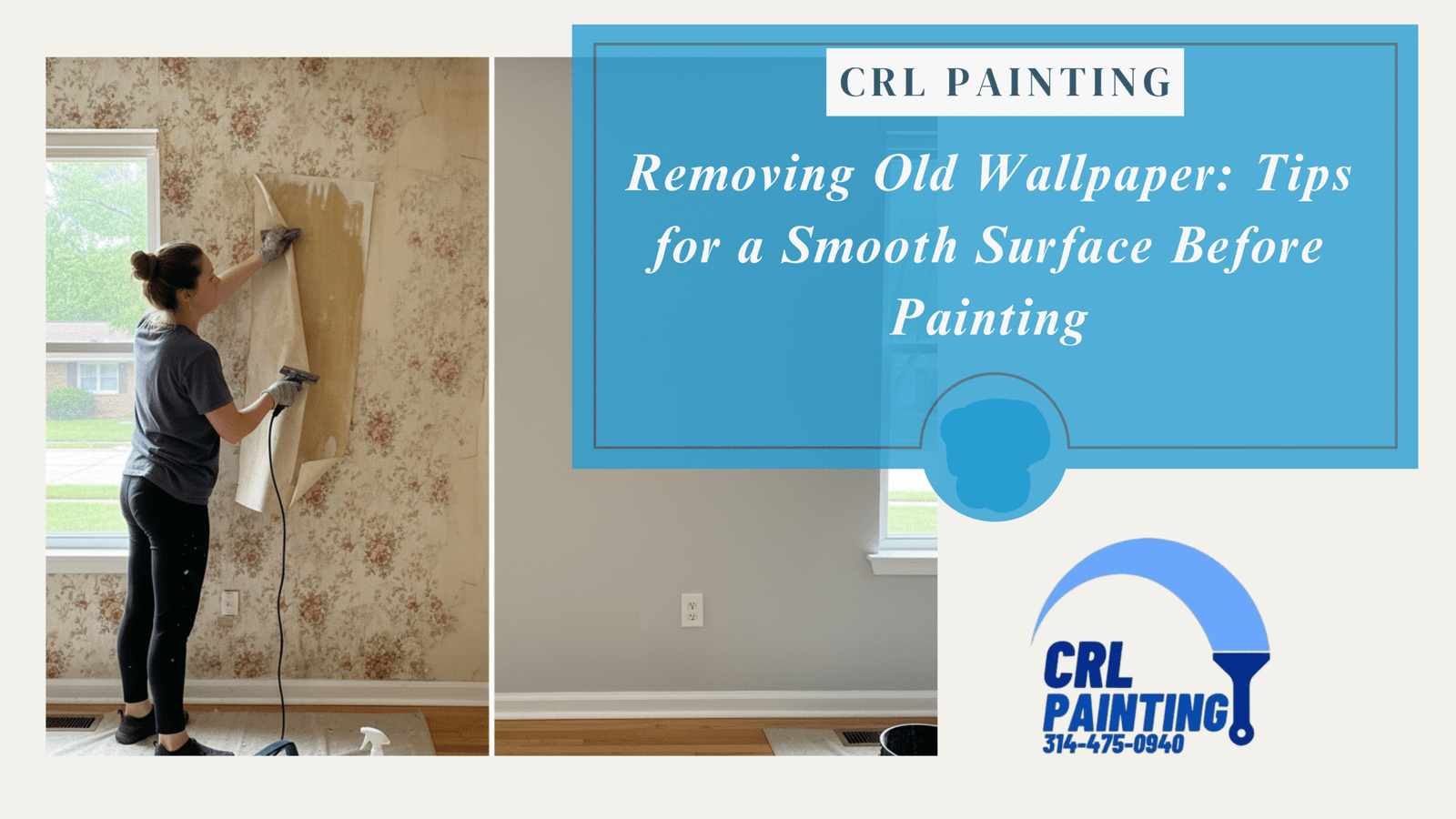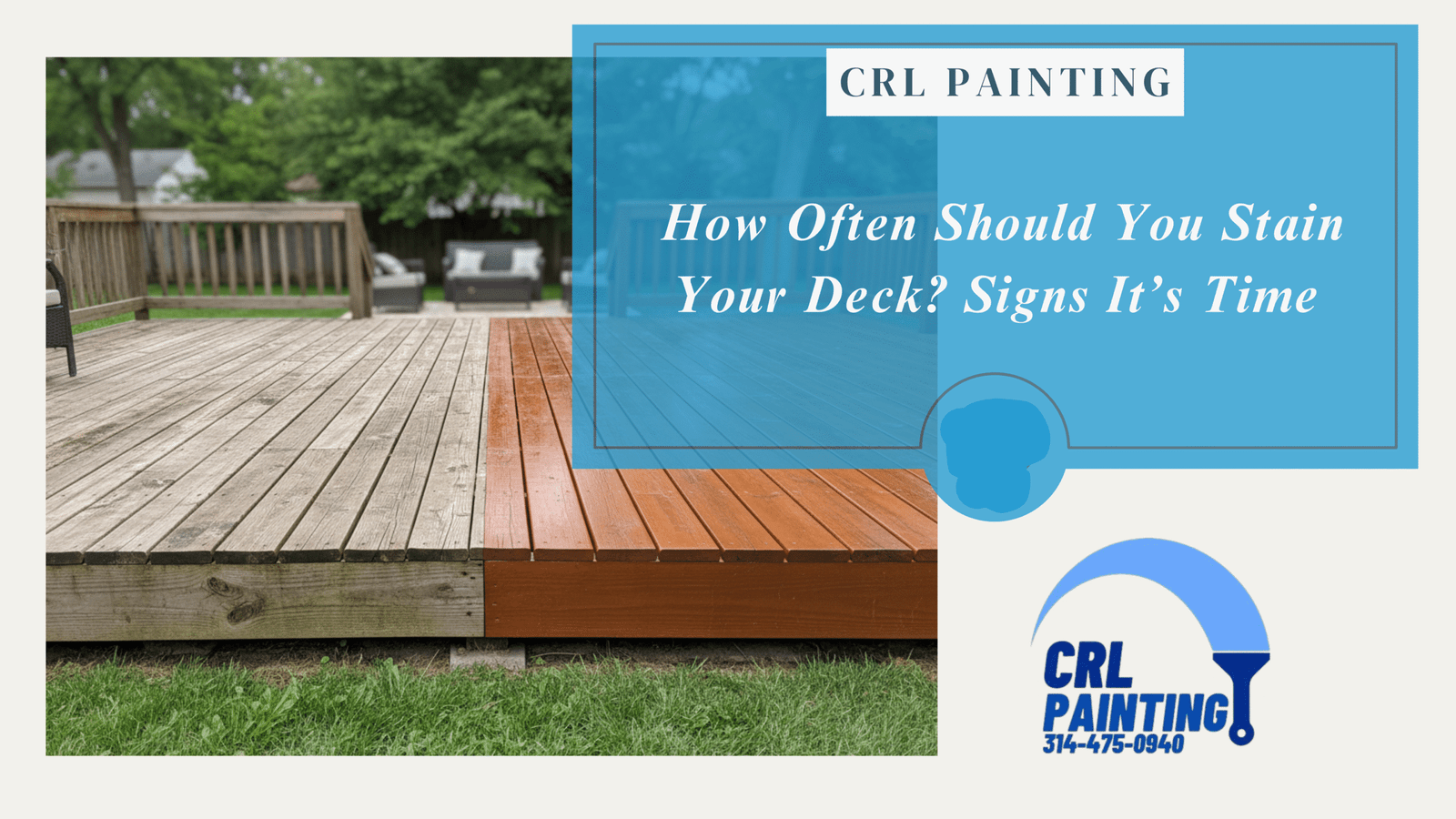Drafty windows and doors can cost homeowners more than just comfort; they can lead to higher energy bills, moisture problems, and even long-term structural damage. One of the most effective and affordable ways to fix these issues is by using caulking to seal gaps and cracks. But when exactly should you use caulking for your window and door seals?
In this guide, we’ll explore the best times to apply caulking, how to spot when it’s needed, and why this simple task can make a big difference for your home.
Why Caulking Matters
Caulking is a flexible material used to seal joints, seams, and gaps in your home. When properly applied, it helps:
- Block air leaks that raise heating and cooling costs
- Prevent water from seeping in, which could cause mold and rot
- Improve indoor comfort by stopping drafts
- Reduce outside noise
Over time, caulking can wear out or crack, making regular maintenance essential.
When to Use Caulking for Windows and Doors
1. During Seasonal Changes
The best time to apply caulking is in the spring or fall when outdoor temperatures are mild, ideally between 40°F and 80°F (4°C–27°C). Extreme heat or cold can affect how well caulk adheres and cures.
Before winter hits, sealing gaps helps keep warm air inside. Before summer, it helps keep cool air in and hot air out, making your HVAC system more efficient.
2. When You Notice Drafts
If you feel cool air around your windows or doors, it often means the old caulk has cracked or pulled away. Light a candle or incense stick and move it around the edges: if the smoke wavers, it’s time to reseal.
Drafty windows and doors are one of the most common signs you need fresh caulking.
3. After Replacing Windows or Doors
Anytime you install new windows or doors, caulking is essential to create a weatherproof seal. Even professionally installed windows may require a final caulk application to close small gaps between the frame and siding.
4. When Existing Caulk Is Cracked or Missing
Old caulk can shrink, crack, or peel away from surfaces over time. Inspect your window and door frames at least once a year. If you see gaps, splits, or loose pieces, it’s time to recaulk.
5. Before Painting the Exterior
Caulking gaps and cracks before painting helps create a smoother finish and ensures paint covers evenly. It also prevents moisture from seeping under the paint, which could lead to peeling or blistering.
6. After Major Storms or Extreme Weather
Heavy rain, snow, or high winds can wear down existing caulk. Check seals after big storms to catch new cracks or gaps early, especially around older windows and doors.
How to Choose the Right Caulk

For exterior windows and doors, choose a high-quality, paintable exterior-grade caulk:
- Silicone-based caulk: Offers excellent flexibility and weather resistance, great for areas exposed to moisture.
- Siliconized acrylic latex: Easier to paint over, good adhesion, and still flexible.
- Polyurethane caulk: Strong and flexible, ideal for wider gaps.
Make sure the caulk you select is labeled for exterior use and is mold- and mildew-resistant.
Tips for Applying Caulk Effectively
- Clean surfaces first: Remove old caulk and dirt so new caulk sticks properly.
- Use a caulking gun: It helps control the flow and keeps the bead even.
- Apply in mild weather: Avoid rainy days or freezing temperatures.
- Smooth it out: Use your finger or a caulking tool to press caulk into gaps and create a neat finish.
- Allow time to cure: Follow the manufacturer’s instructions for drying times, especially before painting.
When Not to Use Caulk
While caulking is great for sealing stationary seams, it’s not for parts that need to move. Don’t caulk:
- Around window sashes that open and close
- Over weep holes at the bottom of window frames (these drain moisture)
Blocking these areas can prevent proper window function or cause moisture buildup.
Benefits of Keeping Up with Caulking
- Lower energy bills: Sealing leaks can cut heating and cooling costs by up to 20%.
- Better comfort: Keeps indoor temperatures more stable.
- Prevents costly repairs: Stops moisture damage before it leads to wood rot or mold.
- Boosts home value: Well-maintained windows and doors improve curb appeal and efficiency.
Final Thoughts
Caulking is a simple yet highly effective way to protect your home from drafts, moisture, and high energy bills. Whether you’re noticing cracks, preparing for a new season, or finishing up a home project, knowing when to use caulking for window and door seals keeps your home comfortable and efficient year-round.
Take a few minutes each year to inspect and reapply caulk where needed; it’s a small effort that pays off in comfort, savings, and peace of mind. Contact us today!





